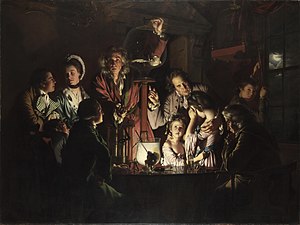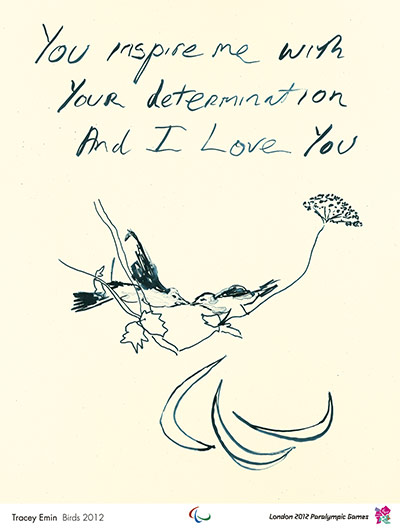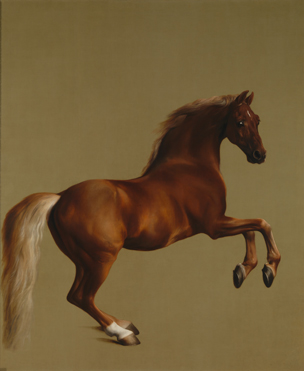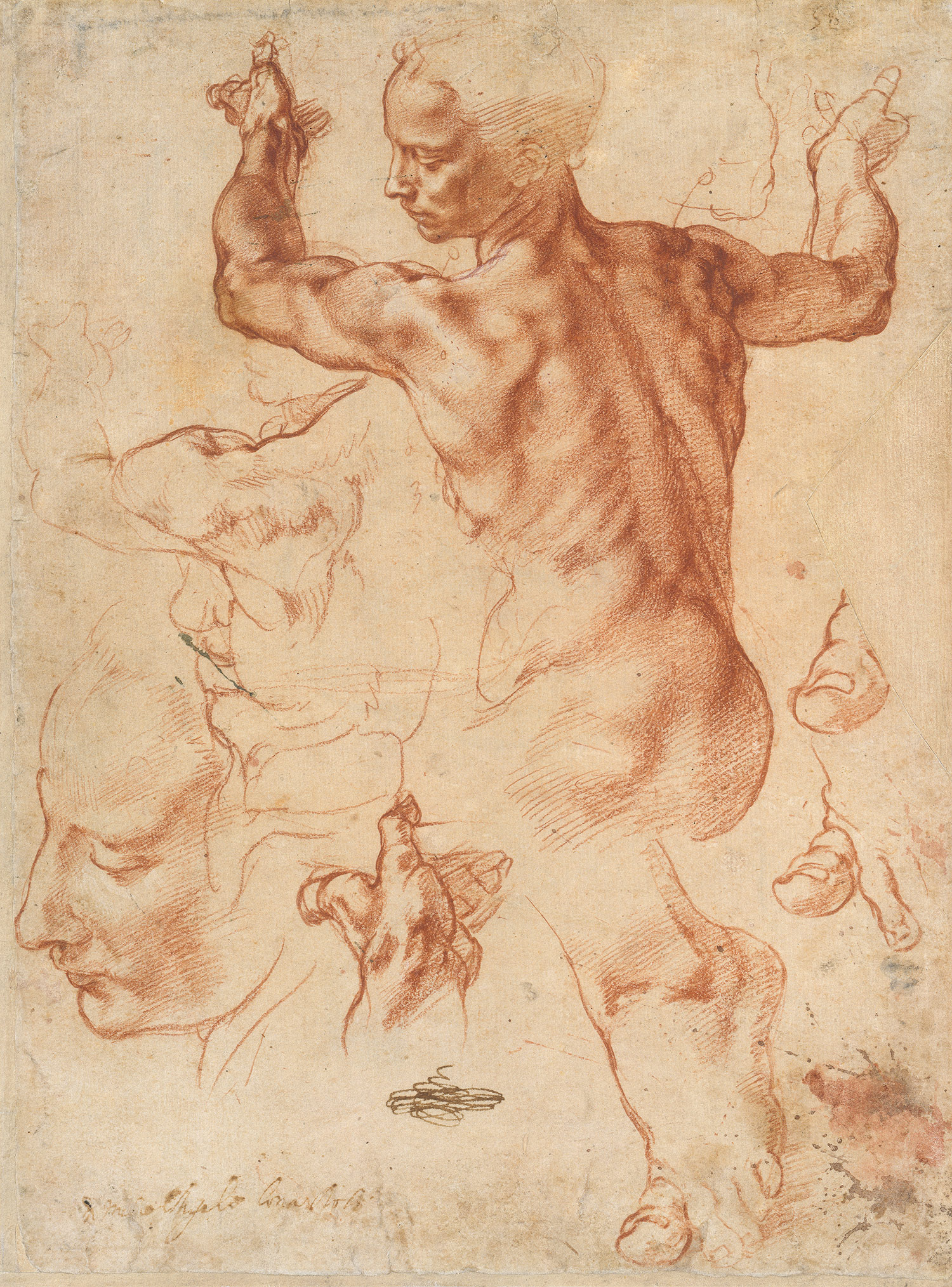Since I've been blogging recently about the paintings in Skyfall, and as I was in London over the weekend, I decided to pop into Room 34 of the National Gallery and visit the scene of the Bond art history action.
"Is it possible to sit on the same bench as Daniel Craig and Ben Whishaw and pretend to be Bond and Q?", I wondered.
So on your behalf, I went in to check it out.
Here's Bond in the National Gallery in London meeting Q for the first time, in Room 34 which holds iconic British paintings by the likes of Turner, Gainsborough, Stubbs and Constable.
View the scene in a video clip here.
Clearly in the film, the seating arrangements consist of a long black wooden bench.
Indiewire.com
The first thing I found was that if you go to the real Room 34, there is instead a long leather couch in the centre of the space to sit on, which has a padded back to it. Here's Room 34.
Bugbog.com
(Bond and Q would have been sitting at the far end, facing the left hand wall with their backs to the right hand wall.)
However,
in the film, this couch has been replaced by a simple bench. Obviously a couch didn't suit the scene as well.
Having a bench means that both Bond
and Q are clearly framed by each of the paintings behind them without the interference of the back of the couch being in shot.
It isolates each of them within the frame of a painting, with the subject of the particular painting behind them acting as a shorthand for their characters.
 MGM
MGM
 Q is backed by Joseph Wright of Derby's cutting-edge scientific piece Experiment on a Bird in the Air Pump of 1768...
...and Bond is framed by Thomas Gainsborough's The Morning Walk of 1785.
Q is backed by Joseph Wright of Derby's cutting-edge scientific piece Experiment on a Bird in the Air Pump of 1768...
...and Bond is framed by Thomas Gainsborough's The Morning Walk of 1785.
This is described in the note beside the painting as a marriage piece. The two figures are dressed in their wedding clothes. A dog is a traditional attribute for such paintings (as in Van Eyck's The Arnolfini Marriage) and is a symbol of fidelity. Make your own speculations here - Bond as the dog, looking at its mother-figure mistress? New M and old M? Bond's fidelity to Queen and country? His marriage to his work?
Additionally, the shot of the two characters framed within frames in similar poses
is also a device which links them together, both visually and psychologically (mirroring being a term in psychology referring to individuals unconsciously copying each other). Although they don't know each other at that point, it shows - literally - that there is a bond.
Of course, the painting that Bond and Q are actually looking at and contemplating as a metaphor for Bond himself is Turner's The "Fighting Temeraire" Tugged to Her Last Berth to be Broken Up of 1839.
This is in fact a relatively small painting to contemplate from the distance of the bench, it has to be said.
If you go to Room 34 expecting to see this scene, you'll be somewhat disappointed. The room does not have the same arrangement of paintings, and as I've said, there's no bench.
Bugbog.com
It's a long room, with The Fighting Temeraire beside the central door in a long row of three other Turner paintings (in the above picture, it's the first painting on the left beside the black arched door). The couch is not opposite the painting so you can't sit and look at it like Bond.
On the right wall, The Morning Walk is there (it's two to the left of the big horse painting), but not positioned so you can line it up with The Fighting Temeraire in front of you.
There is no Experiment on a Bird in the Air Pump (which I couldn't find on display at all). Instead there are works by Reynolds and Hogarth, and then further along the very large and distinctive 1762 equestrian masterpiece Whistlejacket by George Stubbs (the big horse painting), which noticeably isn't there in the film clip.
So, disappointingly, you may not be able to recreate the famous scene from Skyfall at the National Gallery, but don't let that stop you from visiting! It's an iconic collection, and well worth taking every opportunity you can to see.
.jpg)





























